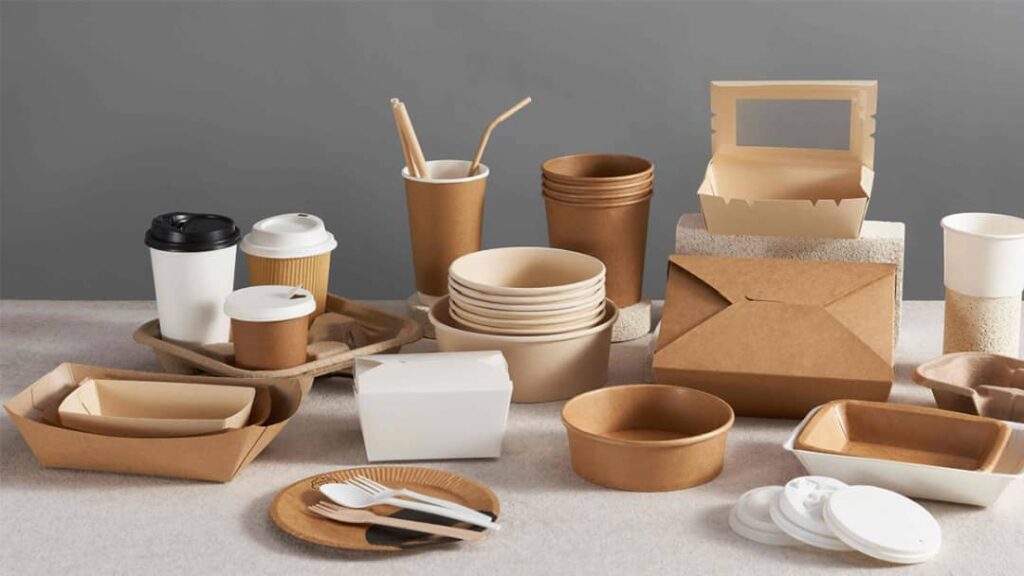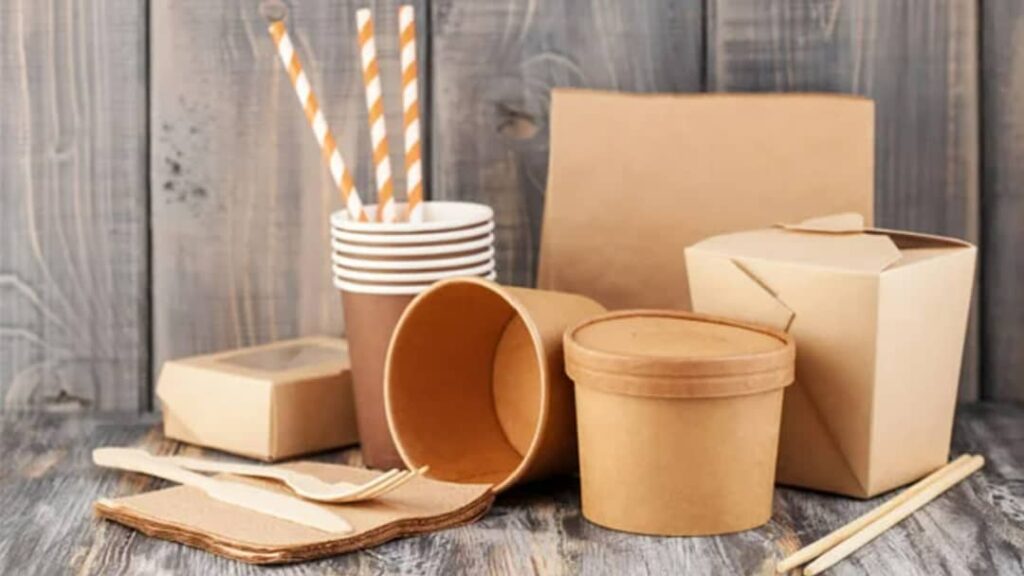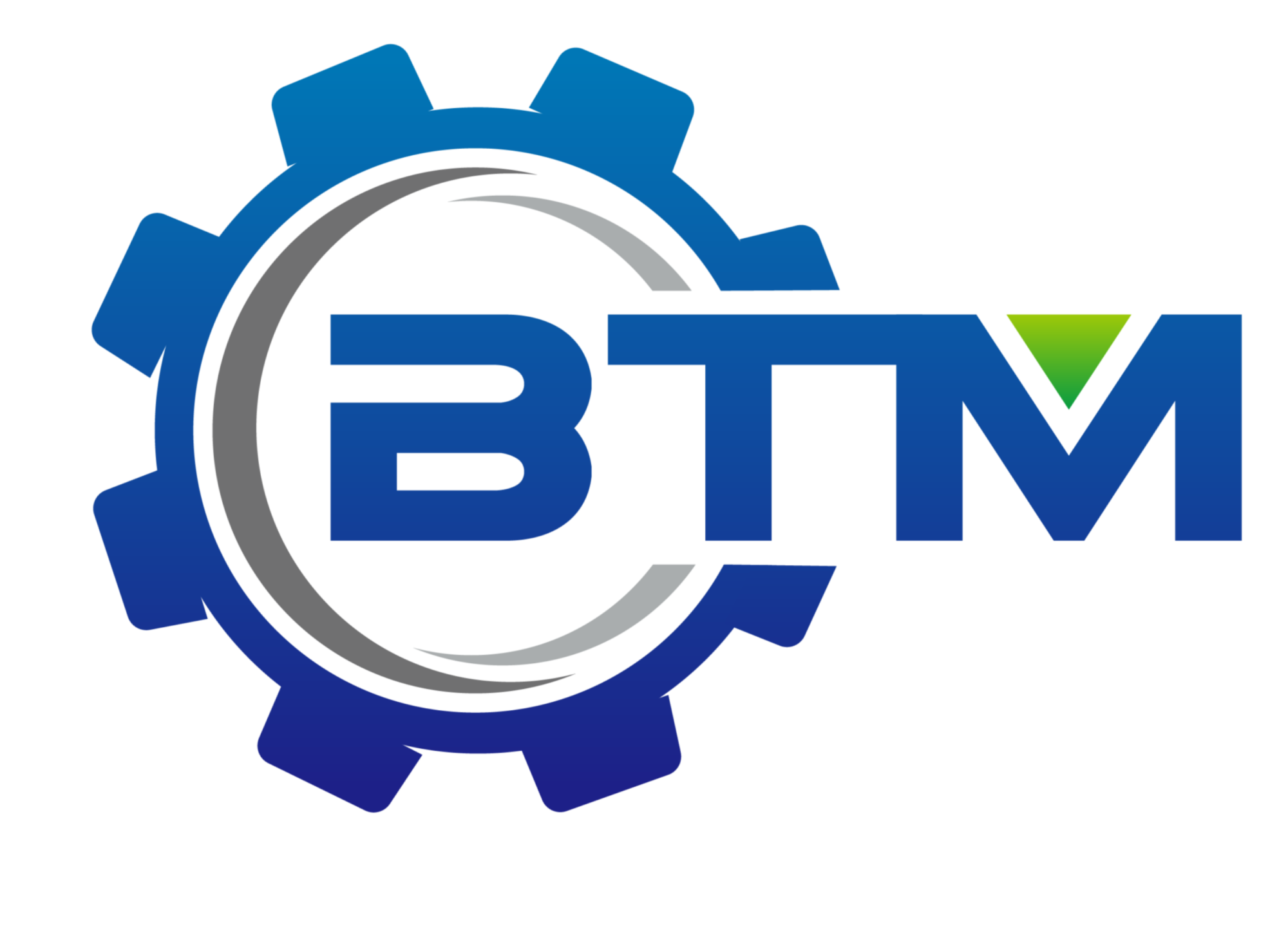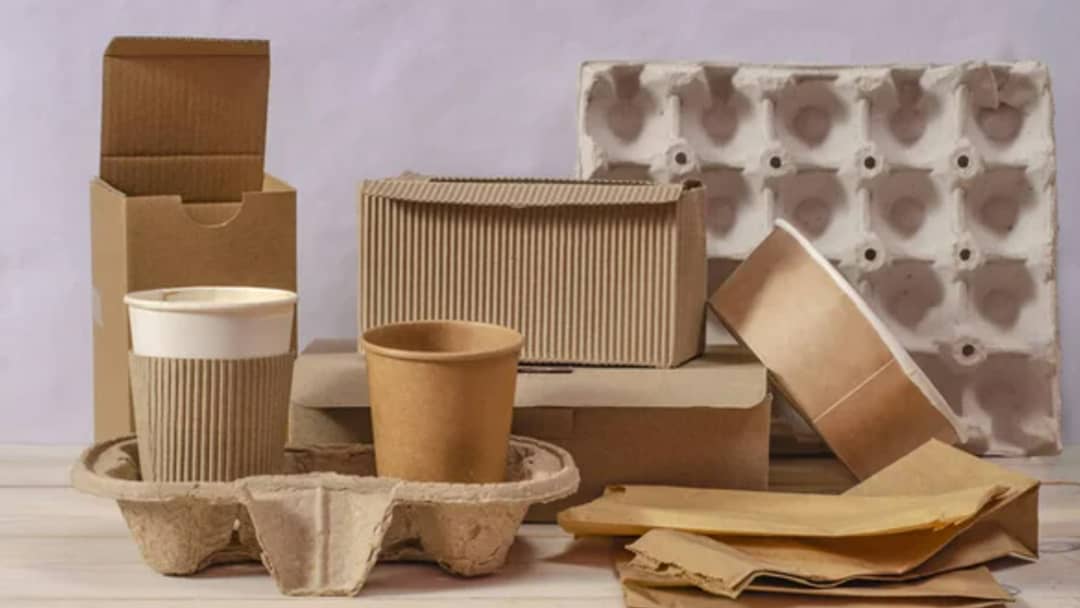Paper container packaging refers to the general term for paper and cardboard containers such as paper bags, paper cups, cartons, and cartons made from paper and cardboard through printing, molding and other processes. Paper containers are popular in the catering and packaging industries due to their convenience, hygiene, ease of use and time saving. In the context of plastic restrictions, environmentally friendly paper containers have become the best choice to replace plastic containers and products.

Current Status of Paper Container Packaging Industry
- The paper container packaging industry shows a steady development trend
In recent years, my country’s paper product packaging industry has maintained a steady development trend, the number of enterprises above designated size has continued to grow, and the industry’s revenue scale and profit levels have remained stable.
- Under the background of “plastic replacement”, the demand for environmentally friendly paper bags maintains steady growth
Environmentally friendly paper bags have become an indispensable product in modern life. They are green, environmentally friendly, exquisite in appearance, and high-end. In recent years, the market demand for environmentally friendly paper bags has grown steadily, and more and more shopping malls, supermarkets, retail stores, pharmacies, etc. are consuming them. The field began to use paper bags widely.
- The demand for food packaging is growing sadily
Under the influence of increasing global environmental problems and consumers’ increasing awareness of food safety and health, paper food packaging is widely welcomed by consumers. At the same time, due to its own one-time consumption characteristics and fast market consumption, it has good industry development prospects. As the pace of people’s work and life accelerates, eating out, quick meals and takeaway food delivery will gradually become the catering consumption habits of more and more consumers. At the same time, as the concept of “anti-catering waste” is deeply rooted in the hearts of the people, “packing” will become the mainstay of catering. A common form of consumption, which will continue to increase the demand for paper food packaging.

Advantages of Paper Container Packaging
Paper containers have the advantages of good processing performance, excellent printing performance, low cost, light weight, and easy recycling and degradation. They have become one of the most promising green packaging materials. Currently, paper packaging materials account for about 40% of the total packaging materials in my country. And it grows steadily every year. So what are the characteristics and processes of paper container packaging?
- Cartons that meet quality requirements
In addition to transparency, cartons can fulfill their functional requirements through their structure and materials. According to the shape, the representative cartons include roof box structure cartons, square boxes and cartons with other structures.
- Regenerativeness
Representative cartons include roof box structure cartons, kraft cartons, kraft drink cups, etc. The cardboard used in these cartons is made by extruding polyethylene on both sides of the cardboard through an extruder. Since paper and polyethylene are easier to peel or separate in an alkali solution, the regeneration of paper components is easy to achieve. The recycling of cartons can be realized. In addition to the factors mentioned above that the paper components are easy to recycle, another reason is that only raw pulp is actually used to produce cardboard for cartons.
- Barrier property
Oxygen, water vapor and light are responsible for the deterioration of package contents. In order to add relevant barrier properties to the carton, one method is to compound it with aluminum foil. This method can make the carton have the function of blocking oxygen, water vapor and light. Using aluminum foil composite cartons, the contents can be stored for a long time.
- Paper edge protection structure
Using a printing method that suits the customer’s needs, we print on the surface of the cardboard for cartons that has been laminated using an extruder. The main printing methods include gravure printing and offset printing. Gravure printing is used for large batches, and offset printing is used for small batches. The printed cardboard is die-cut into the required unfolded shape. Then, uses a flame sealing equipment to melt the polyethylene on the edges of the front and back sides of the cardboard using its gas flame. And the edges of the front and back sides of the cardboard are bonded to each other to form a carton.
- Environmental protection
Although the use of aluminum foil provides the possibility of long-term storage of carton beverages, it will make it difficult to regenerate the base paper.And it may also lead to accidents in which the aluminum foil in the paper container is damaged by the incinerator when incineration. By using barrier materials that replace aluminum foil, it ca achieve the comprehensive requirements for environmental protection and long-term preservation. Typical alternative barrier materials are EVO (ethylene vinyl acetate copolymer) and silicon vacuum coating.

Paper Container Packaging Has Broad Development Prospects
- Green environmental protection, plastic replacement
From raw materials to packaging design and production, to packaging use and recycling, every step must be resource-saving, efficient, environmentally friendly, and harmless. Green environmentally friendly packaging has received widespread attention from the international community. Its research must consider the entire process of development, design, production, use, recycling, and disposal. At the same time, as national environmental protection policies and “plastic restriction” and “plastic replacement” policies become increasingly strict, Actively developing green and environmentally friendly packaging and plastic replacement packaging is becoming an important development trend in the industry. In the future, the paper product packaging industry as a whole will develop in the direction of reduction, reuse, recyclability, biodegradability, deplasticization and plastic replacement.
- Production automation and intelligence
Advances in technology have gradually made the automation and intelligent application of printing and packaging production a reality. Advanced technologies such as digital printing, integrated packaging and printing technology, and automated inspection technology are gradually being applied to all aspects of industry product production and quality management, further improving production efficiency, shortening the production cycle, and saving labor costs. Traditional equipment with poor performance, low efficiency, and high energy consumption will gradually be replaced, and the application of automation and intelligent technology, integrated packaging and printing technology, and digital printing will become the future development direction of printing and packaging industry technology.
- The rise of multi-functional packaging
With the continuous breakthroughs in new materials and new process science, paper product packaging has been equipped with multiple functions such as waterproof, oil-proof, and breathable. The continuous increase in the demand for diverse functions of paper product packaging in the downstream consumer sector has led to continuous breakthroughs in paper product packaging in terms of oil resistance, water resistance, heat preservation, sterilization and other functions. Only by conducting R&D and application of the above functions can leading companies in the industry adapt to industry development trends and further strengthen their leading position.


